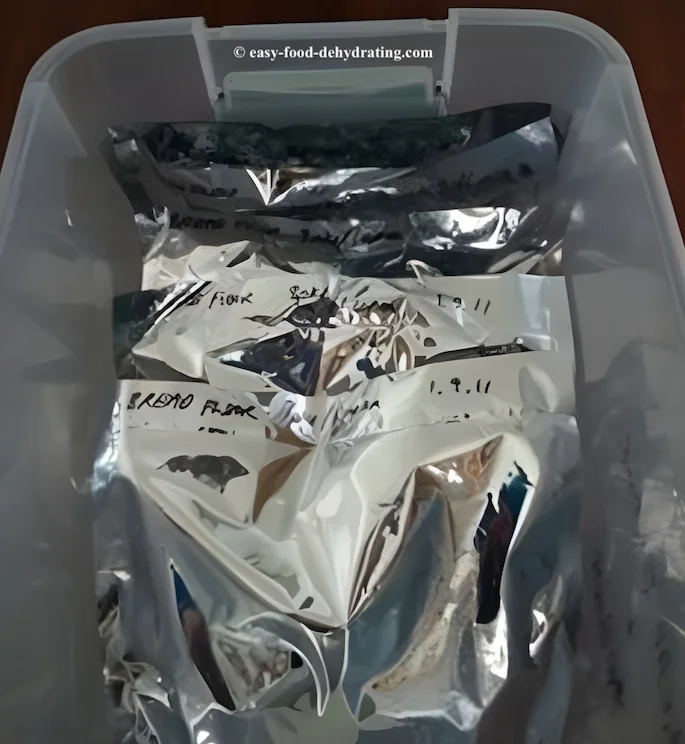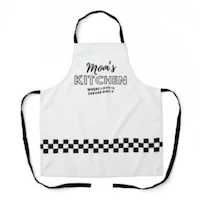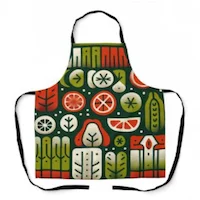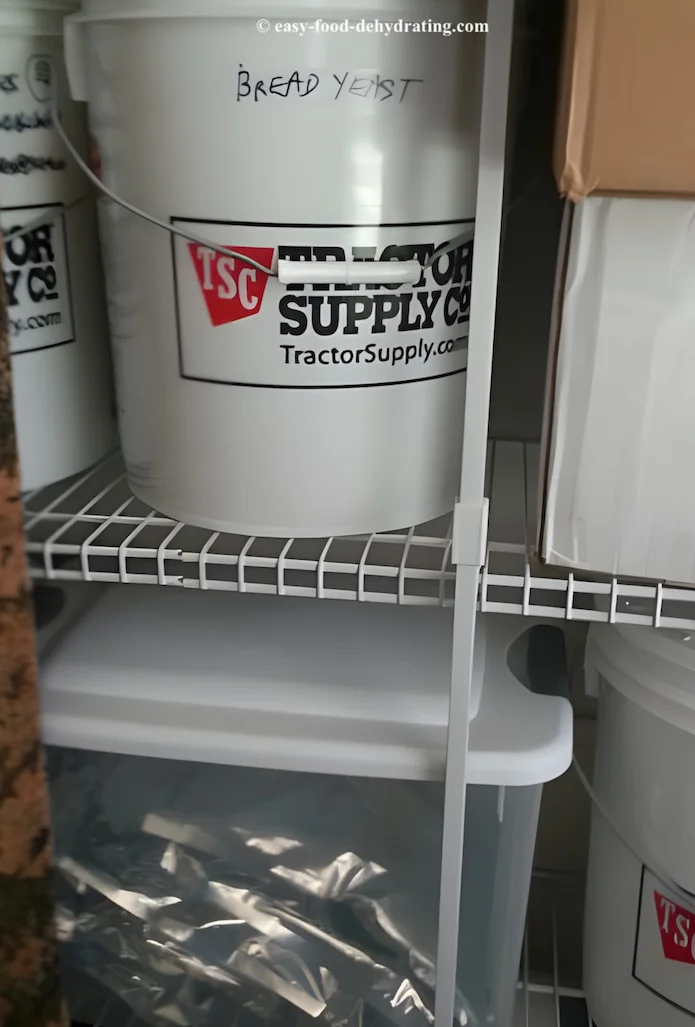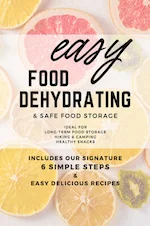whatever the reason or season!
- Home
- How to Store Dehydrated Food Safey for Long Term Storage
- Storing Salt And Sugar
Storing Salt and Sugar
Learn about storing salt and sugar right here, and storing rice and flour (and other dry goods here) for long-term food storage done the right way.
Storing Salt and Sugar... and Other Dry Goods
In the photo at the top are five Mylar bags
filled with vacuum-sealed pouches of bread flour. The bags have their
ingredients written on them, along with the date I dehydrated them. (Yep, I've been doing this that long).
I've even vacuum-packed yeast that I bought in a larger quantity and re-packed it into smaller pouches. Now I can bake my own bread whenever I want!
Mother's Day Specials!
Make Sure You Have Enough Emergency Food Stored Away
If you've been a fan of my site for any length of time, I hope you know I want to make sure that families all across the USA—and the world—have enough food put away in case the poop hits the fan (again).
Before I get going with the salt and sugar storage, I want you know that I have a ONE-HOUR course on Udemy that goes into all aspects of storing food for the long term. Read much more about that course HERE.
But let's go over storing salt and sugar as that's why you're here.
Storing Salt and Sugar for Long-term Food Storage
Although Easy Food Dehydrating goes into detail regarding putting away fresh fruits and vegetables, along with cooked meats, I also have canned goods stored away.
Many people have written in asking if they can dehydrate canned goods and my usual response is "Why go to all that trouble?" because canned goods already last for years "as is."
But yes, you can dehydrate canned goods, if you wish.
Yes—Store Canned Goods Too!
The stored canned goods I have are canned ham, corned beef, and tuna. Also, canned soups. I take advantage of the buy-one-get-one-free (BOGO) deals at the local grocery store.
But back to dry goods ...
Safety in Storing Salt and Sugar
I have been busy storing salt and sugar - and flour. It's easy. All you do is open up the individual bags, divvy up the contents into vacuum-sealer bags, add a 100cc oxygen absorber, vacuum and seal the bag, and write the date on it and its contents.
It's very important to add the oxygen absorber when storing salt and sugar, as they soak up moisture!
Wrap the packets with cling wrap and store them in Mylar bags. (See below for additional info. on Mylar bags).
Gamma2 Lids for Feed Buckets
Gamma2 Seals Lids - Leakproof Black Lids
I also store my filled Mylar bags in buckets (or plastic-lidded bins).
I have heard positive reviews for Gamma2 lids and they are specifically for #2 Food-Grade buckets.
*As an Amazon Associate, I earn from qualifying purchases with no price increase to you. Read disclosure here.
One reviewer gave a rave review—but I think she was storing her flour "loose." The same reviewer said to wash the buckets and the Gamma2 lids prior to use, which makes sense.
I've no argument with that—but seeing as we're using them to store our Mylar bags, there's no need to go to great lengths in pre-cleaning either the buckets or lids (or plastic lidded bins).
The reviewer also stated that these lids were indeed air- and water-tight and that they kept her goodies "bug-free."
Yes, ideal for storing salt and sugar. And pet food!
What's Needed for Long-term Food Storage?
- To store flour, (or any dried goods such as sugar and salt) you need a food vacuum-sealer and the one I recommend is the FoodSaver™ vacuum sealer machine.
- Obviously, you also need food vacuum sealer bags and I highly recommend purchasing them from Amazon. Check my page regarding food vacuum sealer bags here.
- The third item needed are 100cc oxygen absorbers. I get mine from Amazon. Buy Mylar bags with oxygen absorbers as a set if you like—it saves on shipping. Read the reviews to make sure you're buying from a reputable seller on Amazon.
- Mylar bags are my choice for storing pouches of food—at least 3 or 4 of the plastic-wrapped packages can fit in a Mylar bag. But don't over-stuff the Mylar bags as you need to have enough room at the top to seal the bag.
Don't Try to Vacuum Air Out of Mylar Bags...
As a REMINDER: Don't try to vacuum the air out of the Mylar bags—you can't—because both sides of the bag are smooth. The air can't be removed when the bag is clamped. The vacuum-sealer bags have little bumps on one inner side so the air CAN be removed!
All we do is SEAL the Mylar bag. If you know you're NOT going to be opening the Mylar bags for at least three- to six months, then add a 300cc oxygen absorber in the Mylar bag before sealing it with the vacuum-sealer "seal" function only.
My storage-preference for Mylar bags are plastic-lidded bins and buckets. See the photo at the top of this page with the bread flour in the plastic-lidded bin. In the previous section's photo, you'll see bread yeast stored above the bin on the closet shelving in the air-tight buckets.
I M P O R T A N T :
Don't Over-Pack Vacuum Sealer Food Bags
Don't Over-Pack
Vacuum Sealer Food Bags
Don't over-pack your food vacuum sealer bags as this will only lead to punctures.
To aid in the anti-puncturing department, I wrap my vacuum-packed bags with plastic wrap.
This softens the sharp edges of the bags so I can fit 3 or 4 of these bundles into my Mylar bags.
Thanks for stopping by to learn how all about storing salt and sugar safely!
Before you go, don't forget to pick up your free eBook called "How to Grow and Dehydrate Herbs" here!
